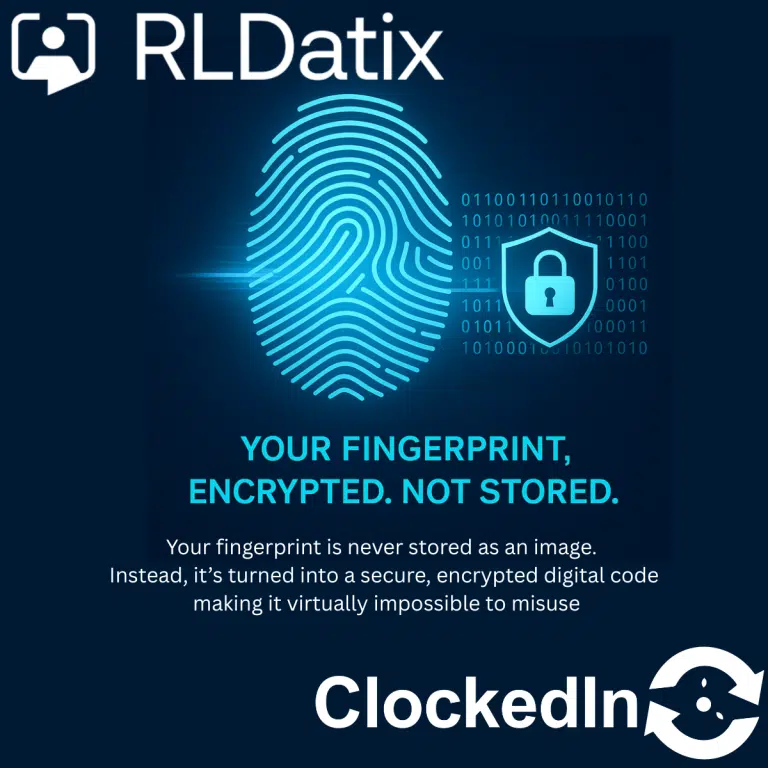Many people assume that fingerprint scanners save an image of your fingerprint — but that’s not how modern biometric systems work. In fact, storing fingerprint images would pose a serious security risk. Instead, today’s systems use a far more secure and privacy-conscious approach.
Here’s how fingerprint data is really handled — and why it’s designed this way.
Step 1: Feature Capture, Not Image Storage
When you place your finger on a scanner, the system doesn’t store a photo of your fingerprint. Instead, it identifies key data points — such as ridge endings and bifurcations — called minutiae points. These unique features are used to define your fingerprint, without needing to retain the full image.
Step 2: Converting Data into a Digital Template
Once the minutiae points are captured, the system converts them into a mathematical code — a process known as template generation.
This digital string, made up of numbers and characters, represents your fingerprint’s pattern. But importantly, it can’t be used to reconstruct the original image.
It works much like hashed passwords: the system recognizes and verifies the result, but cannot reverse-engineer the original input.
Step 3: Matching Without Storing
Every time you scan your finger, the device captures a new template in real time. This new digital string is then compared to the stored template to check for a match.
No image is saved. No visual data is exchanged. All comparisons happen between encrypted templates — safely and efficiently.
Step 4: Why This Approach Is More Secure
Storing biometric data as encrypted templates offers strong protection:
No images to steal – Even if compromised, there’s no fingerprint image to extract.
Irreversible – Templates can’t be reverse-engineered into actual prints.
GDPR & privacy-compliant – This method aligns with data protection regulations.
Tamper-resistant – Without access to the algorithm and sensor, stolen data is meaningless.
In Summary
Your fingerprint is never stored as an image. Instead, it’s turned into a secure, encrypted digital code — making it virtually impossible to misuse.
So the next time you clock in, unlock a door, or verify your identity with your finger, you can feel confident: your data is protected by a system built with privacy and security at its core.
🟣 Visit 👉 clockedin.uk to learn more
🔗 Learn more about RLD Optima – Time and Attendance, Simplified for Healthcare:

